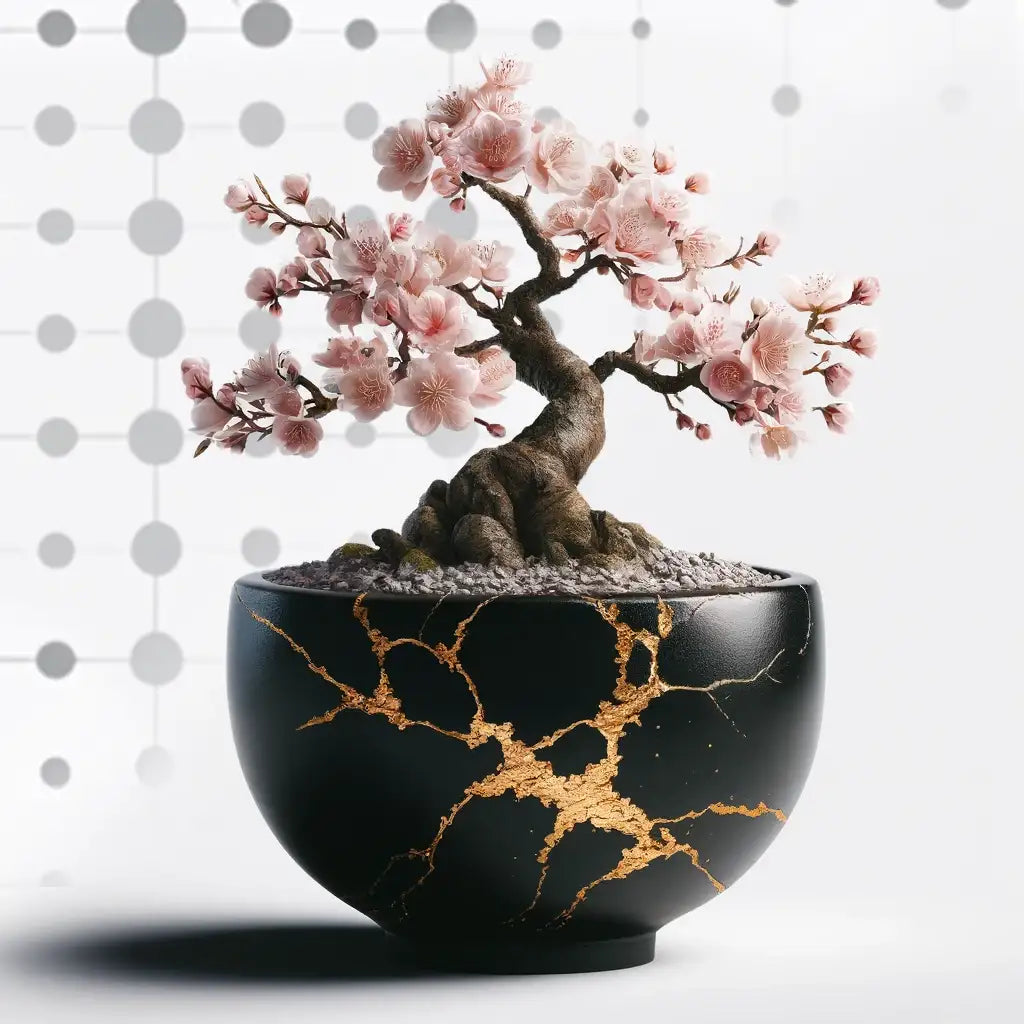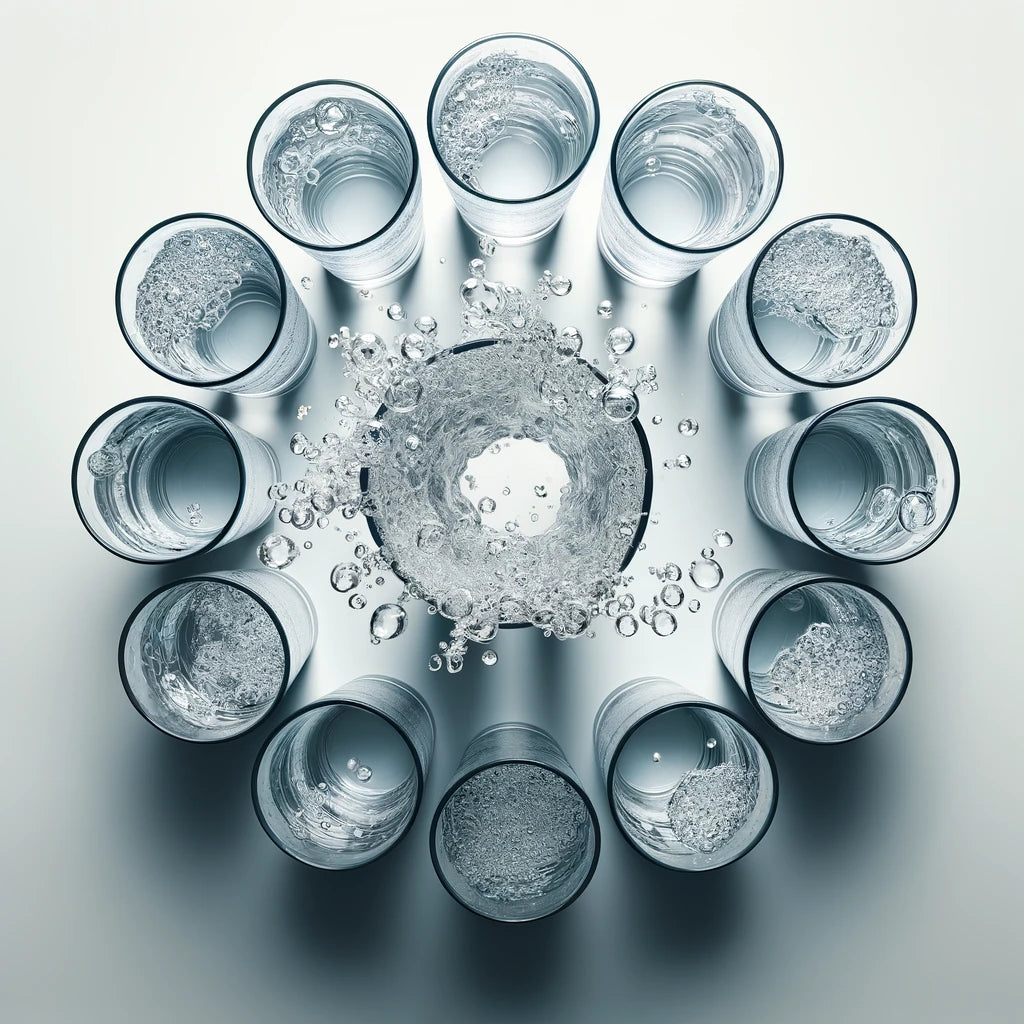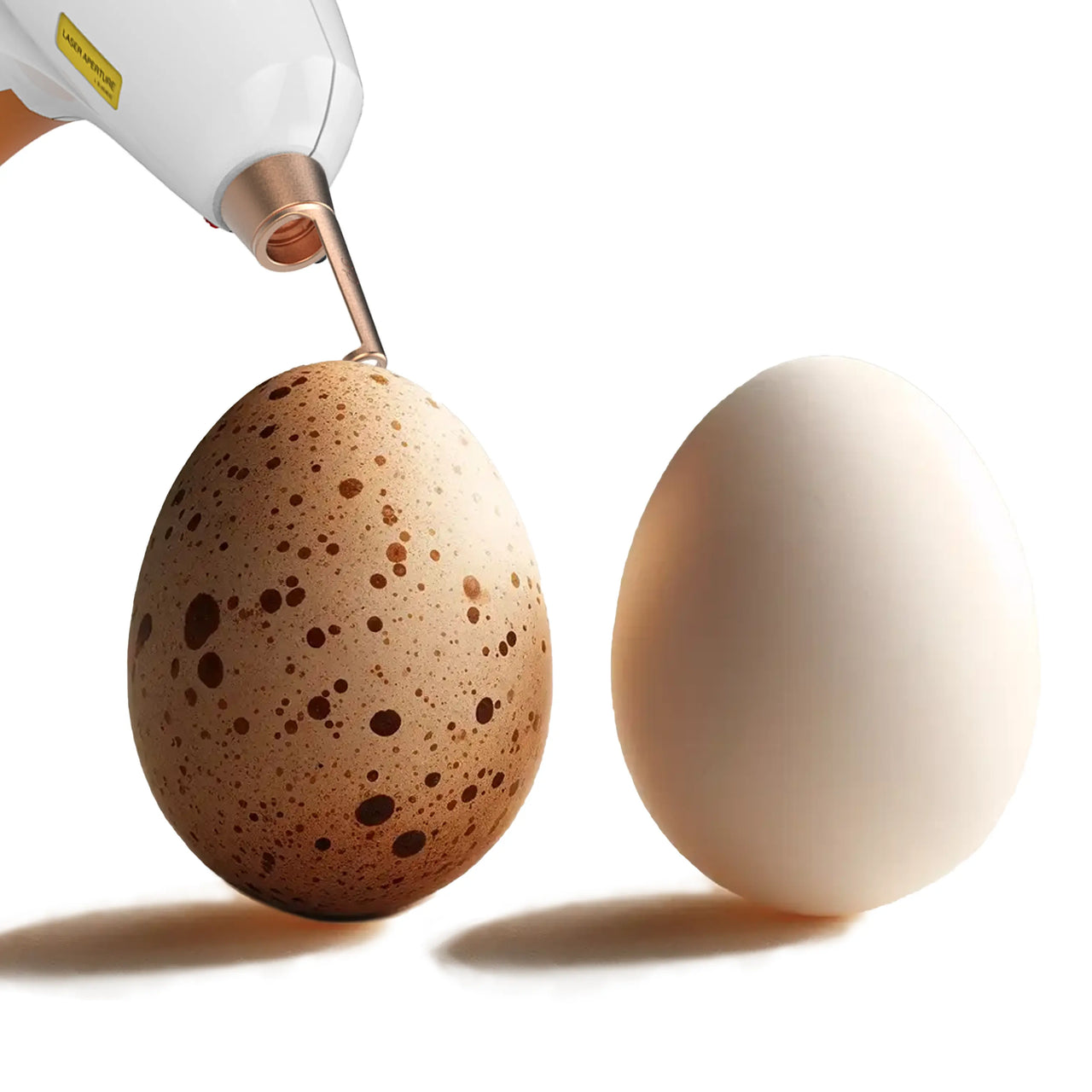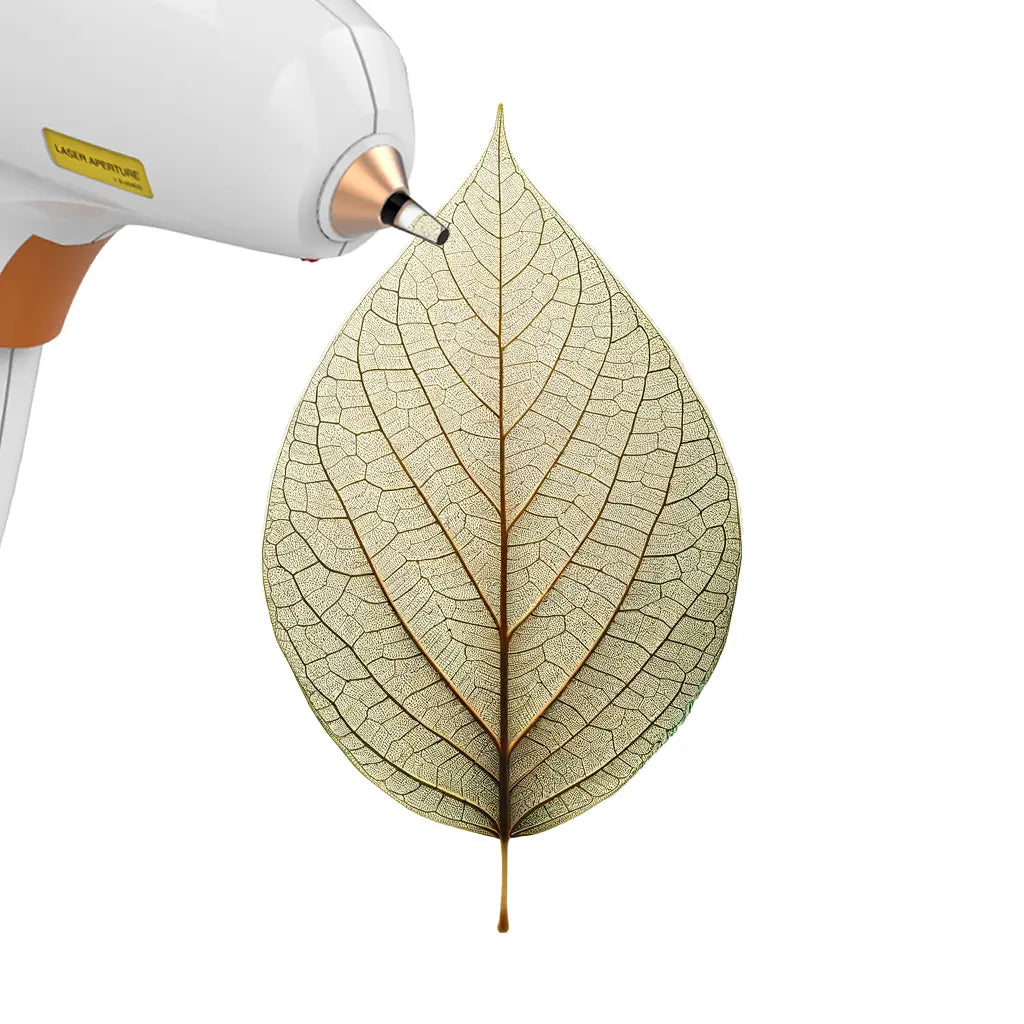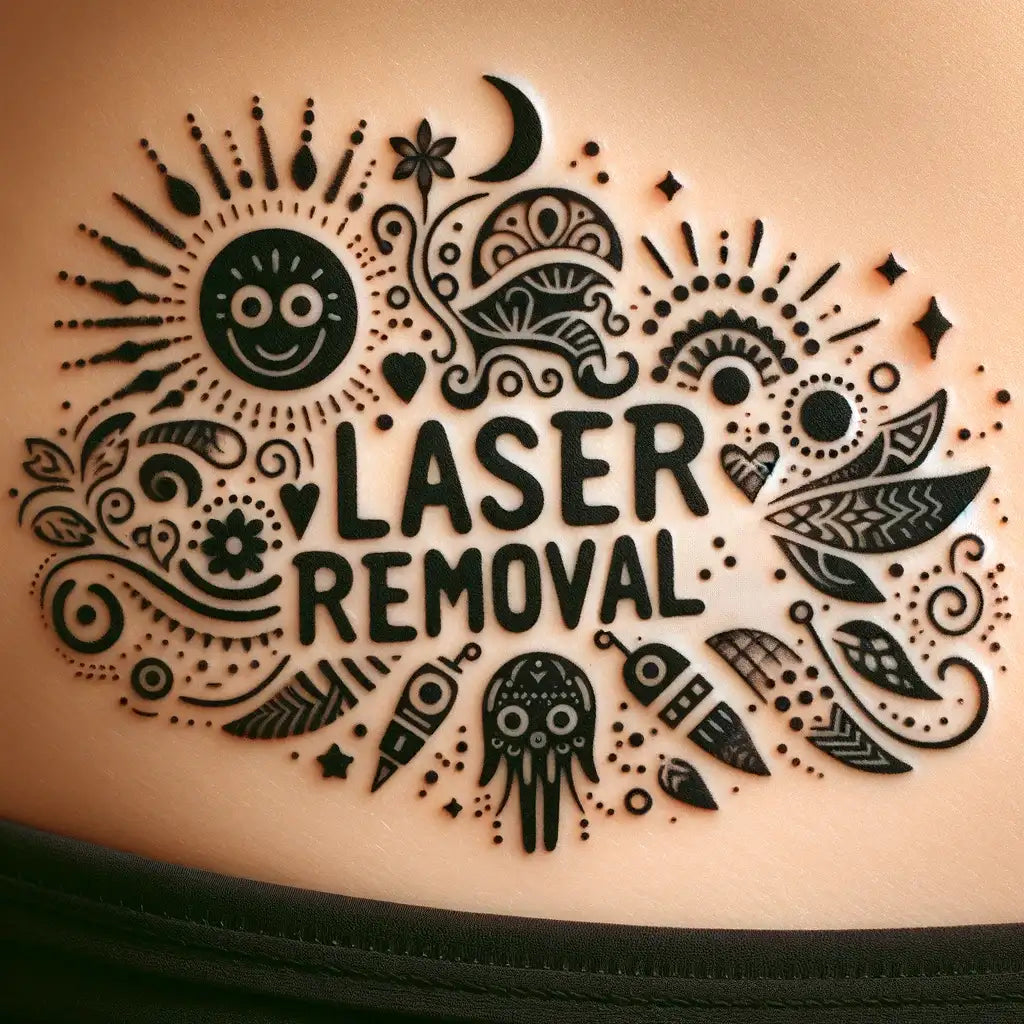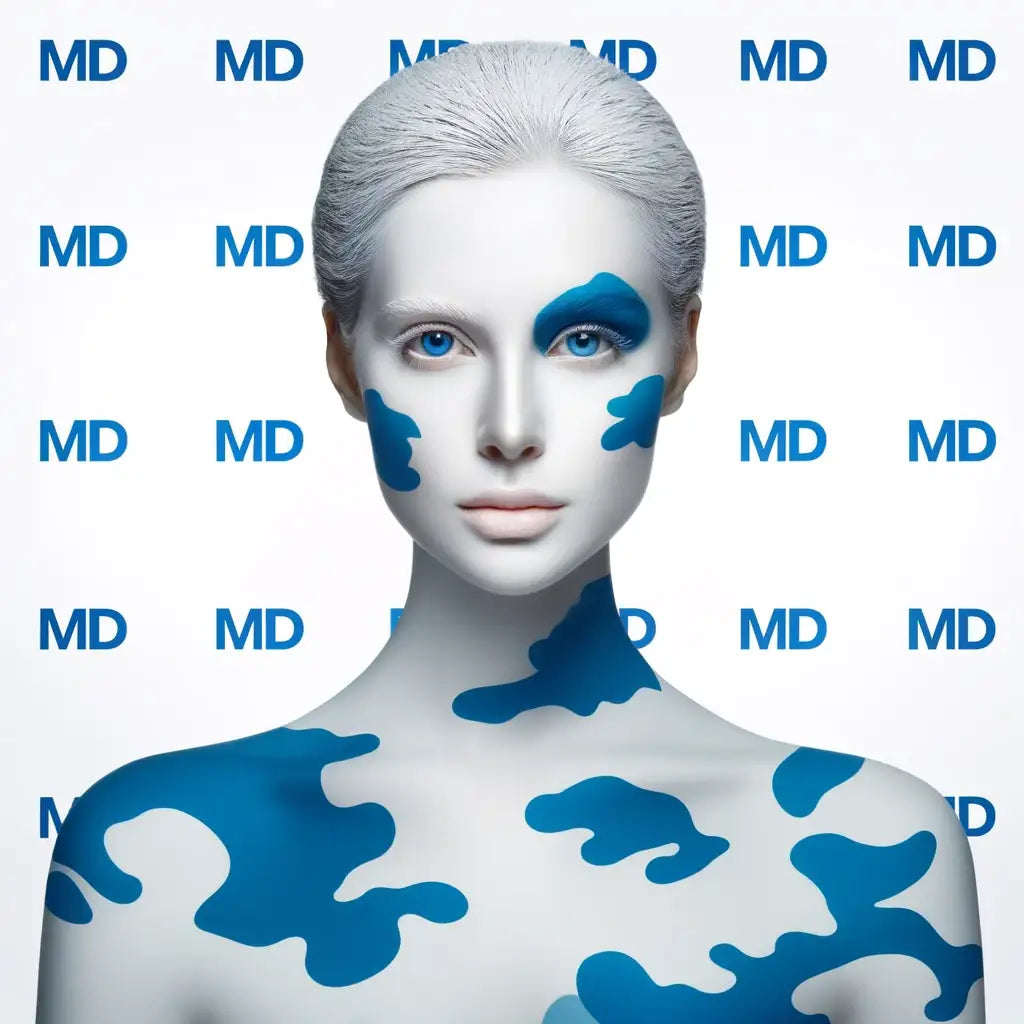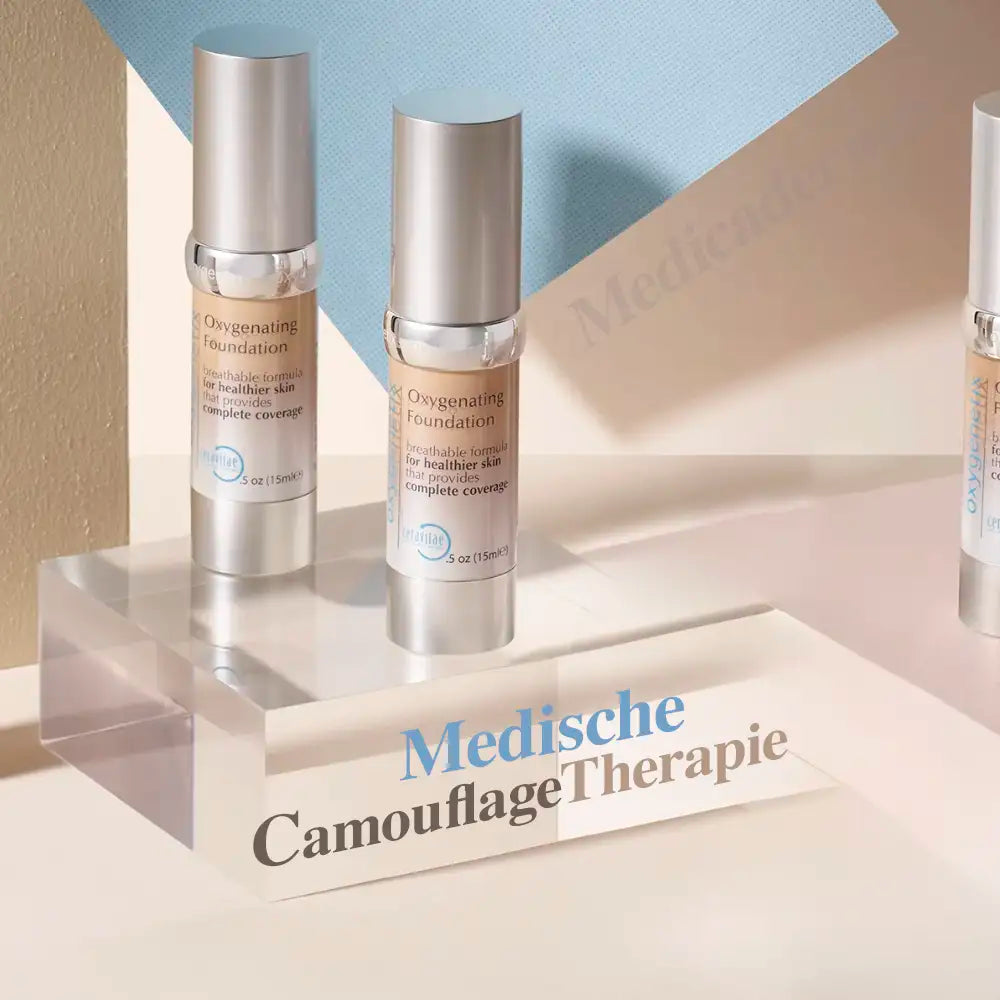
Laser
At Medicadermis we combine the principles of medical science with advanced laser technology to provide high quality skin treatments. Our focus is on providing care, supported by thorough research and proven results. The treatment options in the field of Laser Therapy:
- Erbium Glass laser or the ResurFX
- long pulse ND: YAG laser
- Q-switched ND: YAG laser
Skin renewal and texture improvement
Our Erbium Glass laser or ResurFX is a fractional non-ablative laser treatment that renews the skin without damaging the upper layer. This therapy is particularly effective for repairing acne scars, atrophic scars, refining large pores, stretch marks and softening lines and wrinkles. It is also a treatment of choice for certain pigment disorders, while the skin's defense function against infections remains intact.
Who is the treatment suitable for?
The treatment is suitable for people with acne scars, atrophic (deepened) scars, large pores, lines and wrinkles, pigment disorders and stretch marks.
The treatment
The duration of the treatment depends on the area to be treated. First, the skin is cleaned and disinfected. Then the settings are determined. After this, you will be given protective goggles. The laser head is placed on the skin. During the pulsing, you will feel warm pricks. The treatment is sensitive. During the treatment, the skin will become red and swollen and some blood may be released. After the treatment, cooling may be applied. The skin can remain swollen for up to about 2 days and the skin can remain red for up to about 5 days.
After how many treatments can you expect results?
After the first treatment you will already see a change in the texture of the skin. For an optimal result 3-5 treatments are needed with an interval of 4-6 weeks. However, the natural regeneration process of the skin takes a total of 6 months after the last treatment.
Of course, the skin's aging process cannot be stopped and you will have to maintain the result. A maintenance treatment of 1-2 per year is recommended. However, maintenance can also take place with other methods.
Advice for treatment
- Before the treatment you should stay out of the sun for at least 4 weeks and use a high SPF, at least factor 30. If you are tanned, it is better to wait a few more weeks with the laser treatments, until your original skin color has returned. If this advice is not followed, the chance of complications is higher. If in doubt, it is better to reschedule the appointment.
- This also applies to the use of self-tanner or tanning spray in the period before/between treatments.
- In the case of pigmented skin, pigment suppressing creams can be applied preventively.
- If you often suffer from cold sores, it is advisable to start with a prophylaxis against Herpes Simplex (cold sores) before treatment. You should start this one day before treatment and complete the course.
- Do not undergo any professional chemical peel or microdermabrasion treatments for 4 weeks prior to treatment.
- Stop using peeling home products 2 weeks prior to treatment.
- Smoking and vaping hinders skin repair and damages the collagen network. For optimal results, it is best to quit smoking.
Advice after treatment
- After the treatment the skin is red and swollen. The skin may feel as if it is sunburned. After the treatment cooling may be applied.
- After the treatment, a special care cream may be applied that does not close the skin. This is because there is a lot of heat in the skin.
- From the next day onwards, the skin can be cleaned with a mild cleanser
- After 2-3 days, medical camouflage may be applied.
- Be gentle with the skin, avoid scratching, rubbing and scrubbing the skin. Also scrubbing the skin.
- A sunscreen with a minimum SPF30 should be applied daily.
Treatment of Vascular Diseases
Our long pulse ND: YAG laser is the treatment for reducing leg veins, venous lakes, hemangiomas and spider naevi and besenreisis. This laser precisely targets vascular conditions and works by heating the blood in the problematic vessels, causing them to contract and be cleared by the body.
Who is the treatment suitable for?
The treatment can be used for vascular disorders, for example the leg vessels, venous lake, (age-related) hemangiomas and spider naevus.The treatment
First, an intake is conducted in which the treatment is discussed. The skin is examined and the settings are determined. Before the treatment begins, the eyes are covered with goggles. Gel is applied for guidance and the treatment can begin.During the treatment, pulses are placed on the area to be treated. These pulses provide energy that is converted into heat in the red color of the blood. The heat damages the protein structures in the vessel walls, causing the vessels to contract and the body to neatly clear away the shrunken vessels.
When the pulse is applied it feels like warm pricks or like rubber bands being shot against the skin. The treatment is tolerated by most people without anesthesia. After the treatment the treated area is red and may be slightly swollen. After the treatment cooling is allowed.
After how many treatments will you see results?
After about 2-4 weeks you will be able to see the first result. Depending on the severity of the indication, 3-5 treatments are needed for the desired result. For leg veins, the recovery time takes 8 weeks and the treatment may only be repeated after 8 weeks. The cause of the formation of veins, such as gravity, aging, hereditary predisposition, etc. cannot be removed. This means that there is a chance that new veins will appear in the future. Therefore, keep in mind that a maintenance treatment will be necessary from time to time in the coming years.Advice for treatment
- Before the treatment, you must stay out of the sun for at least 4 weeks with the area to be treated. If you go outside, you must use an SPF, at least factor 30. If you are tanned, it is better to wait a few more weeks with the laser treatments, until your original skin color has returned. If this advice is not followed, the chance of complications is higher. If in doubt, it is better to reschedule the appointment.
- This also applies to the use of self-tanner or tanning spray in the period before/between treatments.
Advice after treatment
- Stay out of direct sunlight for at least 4 weeks after treatment and use a sunscreen with SPF 30 or higher every day during the treatment period, otherwise you are more likely to experience pigment shifts in the skin.
- After the treatment, the treated area may be red and swollen for up to three days.
- Do not apply any occlusive cream to the treated area for the first 24 hours to allow the heat to escape from the skin.
- Avoid hot showers, saunas, intensive sports and drinking alcohol for the first 24 hours. This is due to vasodilation.
- In some cases you will be advised to wear compression stockings after the treatment.
Tattoo and Pigment Removal
For the removal of dark tattoos and the treatment of pigment disorders we offer the Q-switched ND: YAG laser treatment. This laser works by using specific wavelengths that target ink and pigment in the skin, causing them to fragment and be naturally removed by the body.
Who is the treatment suitable for?
The treatment can be used to remove dark tattoos and pigment disorders.The treatment
First, an intake is taken and the treatment is discussed. The tattoo is examined and the settings are determined. Before the treatment begins, the eyes are covered with goggles. Then the laser is placed on the tattoo and the entire area is carefully treated.The pulse causes mechanical damage to the tattoo ink, which only heats up the ink. The pulse causes small explosions under the skin that pulverize the encapsulated ink. The small ink particles are cleared by the body itself in the weeks following the treatment. The treatment can be painful. During the treatment, a white haze appears over the tattoo, which is the desired reaction. An area the size of an A5 can be treated per treatment.
Over time, the white haze will disappear and the skin will swell and become red. The skin is cooled after the treatment, after which it will be covered with a sterile gauze. The redness and swelling can last 3-7 days after the treatment. Larger tattoos will have to be treated in multiple sessions. This has to do with the absorption capacity of the body.
The pigment is examined and the settings are determined. Before the treatment begins, the eyes are covered with goggles. The laser is then placed on the skin and the area is carefully treated. The pulse causes mechanical damage to the deeper pigment. This causes damage to the pigment cells and they die. After the treatment, cooling may be applied. The spots will first become darker in color, after which they will gradually flake off with the normal exfoliation of the skin, this will take between 7-10 days.
After how many treatments will results be seen?
For the treatment of a tattoo, an average of 6-10 treatments are needed with an interval of 6-8 weeks. The result depends on several factors: color, depth, location and the age of the tattoo. It is possible that the tattoo cannot be removed 100% and that a light haze of the ink remains visible on the skin. For the treatment of pigment, there is an interval of 4-6 weeks. The number of treatments depends on the color, the darker the more treatments will be needed.Advice for treatment
- Before the treatment, you must stay out of the sun for at least 4 weeks with the area to be treated. If you go outside, you must use an SPF, at least factor 30. If you are tanned, it is better to wait a few more weeks with the laser treatments, until your original skin color has returned. If this advice is not followed, the chance of complications is higher. If in doubt, it is better to reschedule the appointment.
- This also applies to the use of self-tanner or tanning spray in the period before/between treatments.
Advice after treatment
- After the treatment, cooling may be applied immediately. This may also be done at home if necessary.
- Drinking plenty of water after the treatment is good to help the body remove waste products.
- The first day after the treatment the skin does not need to be cleaned. After 24 hours the bandage can be removed and the treated area cleaned with antibacterial soap.
- Sometimes small blisters appear on the treated skin. This is not a problem. They contain clear tissue fluid. The blisters will dry up by themselves and form a scab. It is better not to pierce them.
- As long as the skin is not closed, do not shower, bathe or swim for long periods. In addition, pat the skin dry with a clean towel.
- After the treatment, apply alhydran, lamiderm or Bepanthen daily. This ointment should be used while the skin is still healing. Do not apply body lotion, perfume or make-up to the treated area.
- Stay out of direct sunlight for at least 4 weeks after treatment and use a sunscreen with SPF 30 or higher every day during the treatment period, otherwise you are more likely to experience pigment shifts in your skin.

